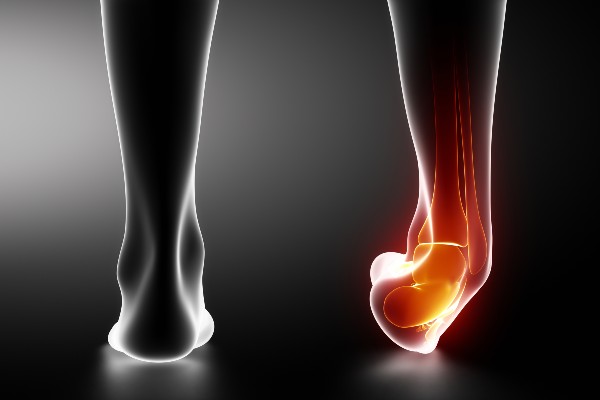If your ankle gives way or sprains, it will often heal on its own with medical care. But, if you repeatedly sprain your ankle and it’s regularly painful, swollen and difficult to move, then you may suffer from chronic ankle instability.
“Ankle sprains are one of the most common injuries,” says Orthopedic Surgeon Steven J. Hospodar, M.D., with Riverside Orthopedic and Sports Medicine Specialists Gloucester. “When you sprain the outer, or lateral side, repeatedly, it can cause your ligaments to loosen and weaken. This makes your ankle unstable. If left untreated, you could eventually have arthritis in your ankle.”
“People with chronic ankle instability may start to avoid playing sports or even walking, instead of seeking treatment,” Dr. Hospodar added.
Dr. Hospodar describes who is most at risk for CAI, along with nonsurgical and surgical treatments.
Who is most at risk for chronic ankle instability
Anyone, of any age, can be affected by CAI. But athletes are more likely to suffer from long-term consequences after an ankle sprain. No matter how the initial sprain occurred, it’s what occurs after the sprain that determines the diagnosis.
“To diagnose CAI, we look at what’s happened throughout the 12 months since you initially sprained the lateral part of your ankle,” Dr. Hospodar explains. “If you continue to repeatedly sprain your ankle, and regularly experience pain, swelling, and limited motion, then you may have CAI.”
Non-surgical treatments to strengthen your ankle
“It’s important to strengthen the muscles around the ankle and work on rebuilding the ankle’s tissue so you can balance better and avoid repeated sprains,” advises Dr. Hospodar. “Your treatment will be determined based on your doctor’s examination.”
Treatments may include:
- An ankle brace
- Nonsteroidal anti-inflammatory medications, also known as NSAIDs, to decrease your pain and inflammation
- Physical therapy
Ankle stabilization surgery and recovery
If nonsurgical treatments don’t work, or your instability is severe, your doctor may recommend ankle stabilization surgery.
“Surgery will either repair or reconstruct one or more of your damaged ligaments, making your ankle stable to prevent repeated sprains,” Dr. Hospodar explains. “This surgery usually involves just one small cut on the outside of your ankle. Even though you’ll be under anesthesia for the procedure, you can usually go home the same day.”
After surgery, you’ll likely use crutches for a few weeks before transitioning to a boot or cast and then a removable brace. As you recover, your doctor may prescribe physical therapy to strengthen your ankle and leg muscles.
To get treatment for your repeated sprains and painful, swollen ankles, schedule an appointment with your doctor.



